Team building has been a buzz term for as long as we can remember. As a result, it now has numerous connotations, with trust exercises and corporate away days both important aspects of many company practices.
Through activities and exercises performed as a team, whole organisations have been able to develop the group skills, communication, and bonding that empowers individuals as well as inspires entire teams to work to a specific, shared goal.
As more organisations begin to embrace the individuals at the heart of every team, the once simplified team building formula has become complex and challenging. We’ve compiled a rundown of the elements that lead to successful team building right here, but be under no illusion, building a team, and developing the individual isn’t easy or bound by a particular set of rules.
Tips to keep team building on track should be just as creative as the ideas and innovations that they inspire. This little list however makes for a great starting point – we like to think of them as a set of pegs to hang your own ideas on.
Handily though, each point starts with a P – but you can add more or embrace fewer Ps depending on your team and even add other letters if you so wish. Our thoughts will hopefully stimulate the thinking that helps your people work better together.
Practice
We’re no stranger to the ‘practice makes perfect’ mantra regurgitated by almost every business management blog post on the net. But there is some sense to this snappy yet overused line.
Your leadership style and approach to team building should never be set in stone. Even when you’ve found a recipe that works, improving through constant practice should be the approach you take. Don’t rely on stagnant team building methods to push groups forward. Challenging teams is the only way to ensure the creativity that guarantees positive change.
Performance
By performing in a new role and displaying an element of vulnerability that always comes when learning something new, teams can be given the grounding to embrace risk and accept attention.
We recently explored the use of poetry in meetings as a way to do away with the predictable and embrace the value of the unexpected and often uncomfortable. Facilitating any aspect of three dimensional performance will inspire the same results, triggering new ways of thinking amongst team members.
Participation
Team members and leaders should all take a proactive role in cementing and nurturing a team. As a network of peers rather than a structure of leaders and subordinates, teams can create rich, social connections that lead to greater interactions and engagement.
Playfulness

Going to the edge of our comfort zones and relinquishing full control will provide the support and space needed to be our most creative. All too often teams fail to experiment. They instead opt for the ‘tired’ and tested methods that may provide better security but ensure very little wiggle room for the free thinking that supports innovation.
Playfulness can be applied to the most difficult scenarios and serious challenges to make those challenging but authentic conversations easier to have.
Personal
Good leadership relies on being human. Yet emotions aren’t so willingly displayed by team leaders and team members. Whatever your role within the team, having the emotional intelligence needed to interact with others is far superior than being the most skilled or knowledgeable as Daniel Goleman surmised in his 2005 book Emotional Intelligence: Why It Can Matter More Than IQ. The importance of leading with humanity is also detailed here:
“As human beings, we are all driven by basic needs for meaning, happiness, human connectedness, and a desire to contribute positively to others. And leaders that truly understands these needs, and lead in a way that enables these intrinsic motivations, have the keys to enable strong loyalty, engagement and performance. As leaders, we must be humans before managers.”
